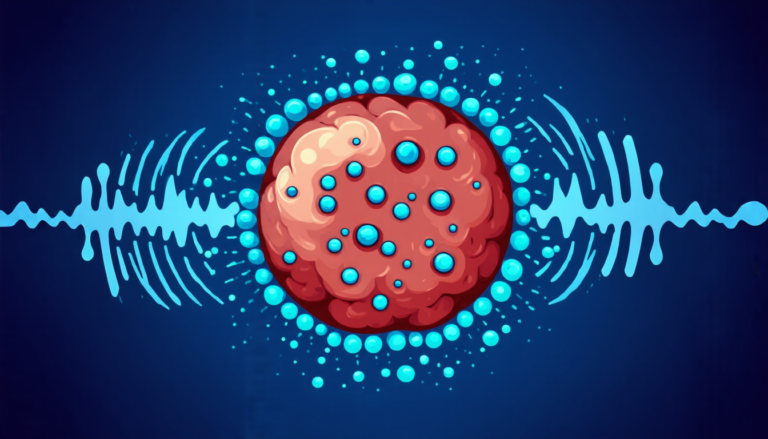Wednesday 09 April 2025
The mathematics of translation surfaces, a field that may seem obscure at first glance, has recently made significant strides in understanding the intricate relationships between geometry and algebra. A new paper published by Rikard Bøgvad, Boris Shapiro, Guillaume Tahar, and Sangsan Warakkagun delves into the fascinating world of Voronoi diagrams and their connection to meromorphic functions.
For those unfamiliar with translation surfaces, they can be thought of as flat geometric objects that are created by gluing together pieces of paper in a specific way. These surfaces have unique properties that make them essential for understanding various areas of mathematics, from algebraic geometry to number theory. The study of these surfaces has led to important advances in our knowledge of complex analysis and the behavior of functions.
The authors’ work focuses on the connection between translation surfaces and Voronoi diagrams, which are a type of geometric partitioning that divides a surface into regions based on the distance from specific points, called seeds. In this case, the seeds are the singularities of meromorphic functions, which are functions that have poles or essential singularities in their domain.
The researchers used a combination of mathematical techniques, including algebraic geometry and complex analysis, to study the asymptotic behavior of the Taylor series coefficients of these meromorphic functions as they approach the singularities. This allowed them to gain insights into the structure of the Voronoi diagrams associated with these functions.
One of the key findings is that the Voronoi diagram of a meromorphic function can be used to determine the location and nature of its singularities. In other words, by analyzing the geometry of the diagram, it is possible to infer information about the behavior of the function near its singular points.
This work has important implications for various areas of mathematics and science. For example, understanding the properties of translation surfaces can help us better comprehend the behavior of physical systems that exhibit fractal or self-similar patterns, such as the branching of river networks or the structure of crystals.
The authors’ research also has connections to other areas of mathematics, including algebraic geometry, number theory, and complex analysis. The study of translation surfaces is a vibrant and active area of research, with many open questions and unsolved problems waiting to be tackled by mathematicians and scientists.
In summary, the paper by Bøgvad et al. is an important contribution to our understanding of the intricate relationships between geometry and algebra in the context of translation surfaces and Voronoi diagrams.
Cite this article: “Unlocking the Secrets of Meromorphic Functions: A New Perspective on Polys Shire Theorem”, The Science Archive, 2025.
Geometry, Algebra, Translation Surfaces, Voronoi Diagrams, Meromorphic Functions, Complex Analysis, Algebraic Geometry, Number Theory, Fractals, Self-Similar Patterns







